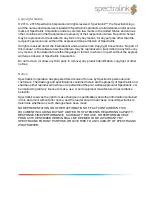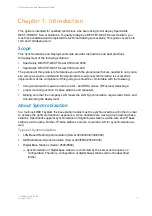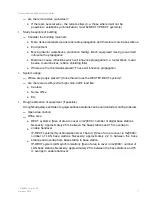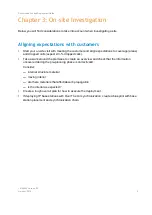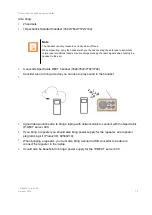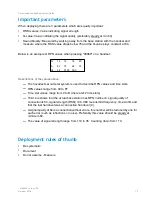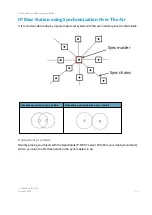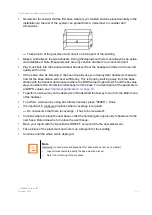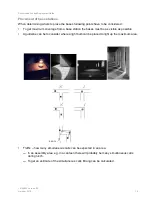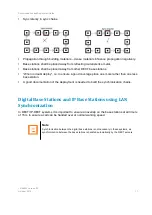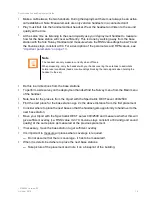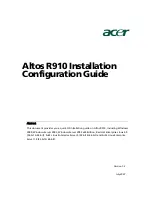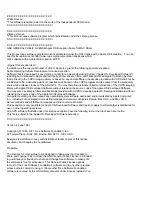
Synchronization and Deployment Guide
Chapter 1: Introduction
This guide is intended for qualified technicians who are looking to will deploy Spectralink
DECT/IP-DECT Server Solutions. To qualify to deploy a DECT/IP-DECT Server Solution, you
must have understood and completed the technical training successfully. This guide covers both
1G8 and 1G9 deployment.
Scope
This Synchronization and Deployment Guide provides instructions and best practices
for deployment of the following solutions:
•
•
Spectralink DECT/IP-DECT Server 8000 and 2500
Spectralink DECT/IP-DECT Server 6500 and 400
The purpose of this guide is to familiarize you with the procedures that are needed to carry out a
site survey as well as understand the requirements to ensure synchronization is successfully
implemented. At the completion of this guide you should be comfortable with the following:
•
•
•
Using a handset to measure and record Q - and RSSI values (RF values) Selecting a
proper mounting location for base stations and repeaters
Making sure that the company LAN meets the LAN Synchronization requirement limits, and
documenting the deployment.
About Synchronization
In a multi-cell DECT system the base station radios must be synchronized to each other in order
to achieve the optimum handover experience, when handsets are moving around among base
stations. Spectralink supports synchronization of digital base stations via the wire and IP base
stations via the radio. Further, IP base stations can use corporate LAN for synchronization as
well.
Types of Synchronization
•
•
•
LAN Based Radio Synchronization (Server 400/6500/2500/8000)
Air/Radio Based Synchronization (Server 400/6500/2500/8000)
Digital Base Stations (Server 2500/8000)
—
Synchronization of digital base stations is controlled by the server and requires no
configuration. Therefore, configuration of digital base stations will not be described
further.
14169000 Version 9.3
October, 2016
3


